As you already know, I am a big fan of 3D, especially when enjoying it on my AWOL projector.
So, I decided to write an article about the 3D glasses I am using in my setup.
Before proceeding to present the three competitors, let me explain a few words for those who don’t know how frame packing and 3D active glasses work.
3D technology
At its core, 3D technology aims to simulate depth perception by presenting different images to each eye. This mimics the way our eyes naturally perceive the world, allowing the brain to interpret these distinct perspectives and create a sense of depth. To achieve this, special glasses are used to deliver different images to each eye from the same frame
3D glasses
Where all the magic happens
Active 3D glasses consist of several key components that work in harmony to create the illusion of depth.
The lenses of active 3D glasses contain liquid crystal elements. These liquid crystals have the unique property of being able to change their molecular alignment when subjected to an electric current.
The glasses are equipped with a shutter mechanism for each lens. This mechanism opens and closes the liquid crystal lenses rapidly in sync with the display.
To create the 3D effect, active 3D glasses must be precisely synchronized with the display. This synchronization ensures that each eye sees a slightly different image at the correct moment. The IR or RF signals sent by the display trigger the liquid crystal lenses to alternately open and close, allowing each eye to see the corresponding frame. There is a third way for the synchronization signal to reach the 3D glasses, which is called DLP Link synchronization, and it does not use any IR and RF technology to create a bond between the glasses and our projector.
DLP Link technology
How it works:
DLP Link glasses utilize active shutter technology, similar to other active 3D glasses. Active shutter glasses contain liquid crystal lenses that alternately open and close in sync with the display to provide separate images for each eye.
When displaying 3D content, the DLP projector emits a sync pulse that is embedded in the video signal (a white or red flash between the frames). This sync pulse serves as a signal for the DLP Link glasses to alternate the opening and closing of the liquid crystal lenses. This synchronization ensures that each eye sees the intended frame at the right moment, creating the perception of depth.
The speed of this “flickering” (60Hz per eye, 120 Hz in total) causes our eyes to not perceive all these changes in the frames (or the flash signal), and our brain interprets it as one solid 3D picture.
No External Emitter Required
One notable advantage of DLP Link technology is that it eliminates the need for an external emitter or additional hardware to synchronize the glasses with the display. This simplifies the setup process compared to some other 3D technologies that rely on external emitters.
Disadvantages
The main disadvantage of DLP Link technology is that the sync signal does not allow for a very large distance from the projector, meaning that it is not suitable for large audiences. Additionally, it is not resistant to external factors such as stray light (artificial or natural) operating at the same time.
However, for a home installation or educational presentation with a limited number of viewers, it works at its best.
Compatibility
DLP Link glasses are intended to work with DLP Link-enabled projectors and displays. However, it’s crucial to verify compatibility between the glasses and the specific DLP device, as not all DLP projectors or displays support DLP Link technology.
And here we come to our three competitors..
AWOL DLP Link 3D glasses
The AWOL glasses are the lightest of the three competitors, weighing only 28 grams. Additionally, they are the only ones with a square shape, which significantly enhances environmental isolation when watching a 3D movie.
They have a small button on the top that illuminates, allowing us to turn the glasses on and off. Pressing the button causes the blue LED to flash once, indicating that the glasses are on. Holding the button for 3 seconds causes the blue LED to flash three times, indicating that the glasses are off. Pressing the button once while the glasses are operating rotates the synchronization between the two lenses.
This function is only offered by the AWOL glasses and is useful if our projector does not offer a right/left eye swap option in the menu.
On the bottom we find a micro USB port in order to charge them.
With power needs below than 1.8mA the battery can hold more than 50 hours of continuous operation.
5 flashes every 10 second on the blue button/led will inform us that is time to charge them.
BenQ DLP Link 3D glasses
The BenQ glasses weigh 33 grams, which is 5 grams more than the AWOL glasses. They have a somewhat peculiar oval shape but generally offer good optical coverage
On the top, there is a small button, a separate small LED indicator, and a mini (not micro) USB charging port. They power on with a single press of the button (the LED will flash green for 2 seconds), and we switch them off by holding the power button for 3 seconds, indicated by the green LED flashing three times.
The battery can last for more than 60 continuous hours of operation.
XPAND DLP Link 3D glasses
The XPAND glasses are the heaviest of the three, weighing 39 grams. They are also larger, with large arms, and boast significantly better build quality compared to the AWOL and BenQ glasses. Additionally, the design is more visually appealing.
On the right arm, there is a micro USB charging port and a small rubbery button that does not provide the best feedback when pressed. Pressing the button once turns the glasses on, and pressing it again shuts them off. Both times, a large LED on the outside of the arm will flash.
Full charged can give us more than 70 hours of continues operation.
The battle
Perhaps the most important parameter when it comes to 3D active glasses is how much light they allow to pass through to our eyes.
In order to measure this in the field, I had to improvise quite a bit, I would say.
So, I created a tube using my 3D printer and attached it to my light meter.
After that, I attached my light meter to a tripod with the 3D glasses on it, and I chose one of my favorite 3D films to use as a “pattern”.
Here is one of my favorite 3D films, The Polar Express
Here are the results
AWOL – 25% Light transmission
BenQ – 23% Light transmission
XPAND – 28% Light transmission
The measurements confirmed what my eyes observed over the past few months. The XPAND glasses exhibited the least amount of light loss among the three. The LCD panels, when in the open stage of their operation, allowed more light to pass through to our eyes compared to the other two glasses.
Colors
Next, let’s delve into color performance.
I focused on one of the three primary colors: red. I selected various scenes from the movie with intense red saturation and took measurements with and without the glasses using my spectrometer. Here are the results:
The deviation wasn’t as significant as I initially anticipated. It’s important to note that I deliberately chose one of the worst measurements to illustrate this section.
After numerous measurements and extensive calculations to determine the average color error of the glasses, here are the results:
AWOL – 87% color accuracy
BenQ – 92% color accuracy
XPAND – 88% color accuracy
The results surprised me somewhat because I had expected the XPAND, the most expensive 3D glasses I own, to easily come out on top in this test. However, it’s not.
The BenQ glasses performed better in all measurements, quite a surprise.
Moving on to the third test: contrast, of course!
Contrast
This test was the most challenging of all, as the measurements were quite tricky. I spent hours trying to pick up the values on the black and white parts of the screen with my light meter and color meter.
After numerous measurements, I concluded that all three glasses produce almost identical results. AWOL, BenQ, and XPAND all produce an on/off contrast ratio of around 1100:1.
So, when watching 3D content, you’re almost halving the native contrast of your projector. That’s my conclusion. You don’t lose much in terms of blacks, but the significant light loss in bright scenes lowers our final contrast.
Battery life
This was the most exhaustive test as I had to conduct it in parts, spending a few hours per day. It wasn’t possible, as you understand, to continuously operate the glasses and the projector for 2 or 3 days straight; that would be crazy.
Here are the results after carefully noting observations over about two weeks of testing:
AWOL – shut off after about 47 hours of operation
BenQ – shut off after about 40 hours of operation
XPAND – shut off after about 35 hours of operation
This result was also surprising, as the XPAND glasses were supposed to last longer than the other two, according to the manual, with a claimed runtime of more than 70 hours. However, 35 hours is still sufficient to watch around 16-17 movies, so this is not a significant issue.
The winner here is the AWOL glasses, lasting almost 50 hours of operation before shutting down. This is a great result, especially considering their lightweight design.
Comfort
This is a very important parameter for me, as wearing 3D glasses for 2-3 hours while watching a movie is not always the most comfortable thing in the world.
The XPAND glasses have a problem in this regard. The arms are so tight and curved at the end that after about half an hour, they start to hurt your head. I had to bend them (and unfortunately broke one of the two pairs I own) in order to continue using them. Additionally, they are the heaviest of all three options.
The BenQ glasses are quite comfortable, but they produce a lot of environmental light flares/reflections on their lenses, and you have to stay very still to avoid them. Also, the shape of the lenses is not the best for isolating the environment and fully immersing you in the movie.
The AWOL glasses are the winner in my opinion. They are so light that you forget you’re even wearing 3D glasses. Additionally, the square shape of the lenses is ideal for viewing 3D content, and the arms are lightweight and soft, so you can barely feel them.
I have to mention that all three glasses provide enough space to wear them on top of your prescription glasses, but it’s true that the design of the AWOL glasses offers a bit more space for that.
Conclusion
The AWOL, BenQ, and XPAND glasses all support synchronization up to 144Hz and are powered by lithium rechargeable batteries.
All three pairs synchronize perfectly with my AWOL projector and are completely crosstalk-free during operation. Additionally, each pair includes a USB cable for charging.
For me, the AWOL glasses are the best solution overall. They are incredibly light, comfortable to wear, and perform well in terms of 3D viewing experience.
The BenQ glasses are also a good option, with excellent color performance and decent comfort.
However, the XPAND glasses were a bit of a disappointment. While they offer the best light transmission, they are heavy, uncomfortable to wear for extended periods, and have the weakest battery performance.
Overall, I prefer the AWOL glasses due to their combination of lightweight design, comfort, and solid performance.
It’s worth mentioning that these three pairs of 3D glasses are among the best performers on the market currently. I’ve tried various brands, from Optoma to some cheaper Chinese versions, but none come close to the performance and reliability of these three models.
As always, I’ve prepared a short video to give you a glimpse of how I conducted this comparison in the field.
Happy new year to everyone!
You can subscribe to my youtube channel in order to stay informed for my new articles/reviews https://www.youtube.com/@projectorjunkies4152
See you in my next article and stay tuned because it comes a presentation/review of a VERY interesting new electric UST ALR screen here on projectorjunkies.com
Nikos Tsolas


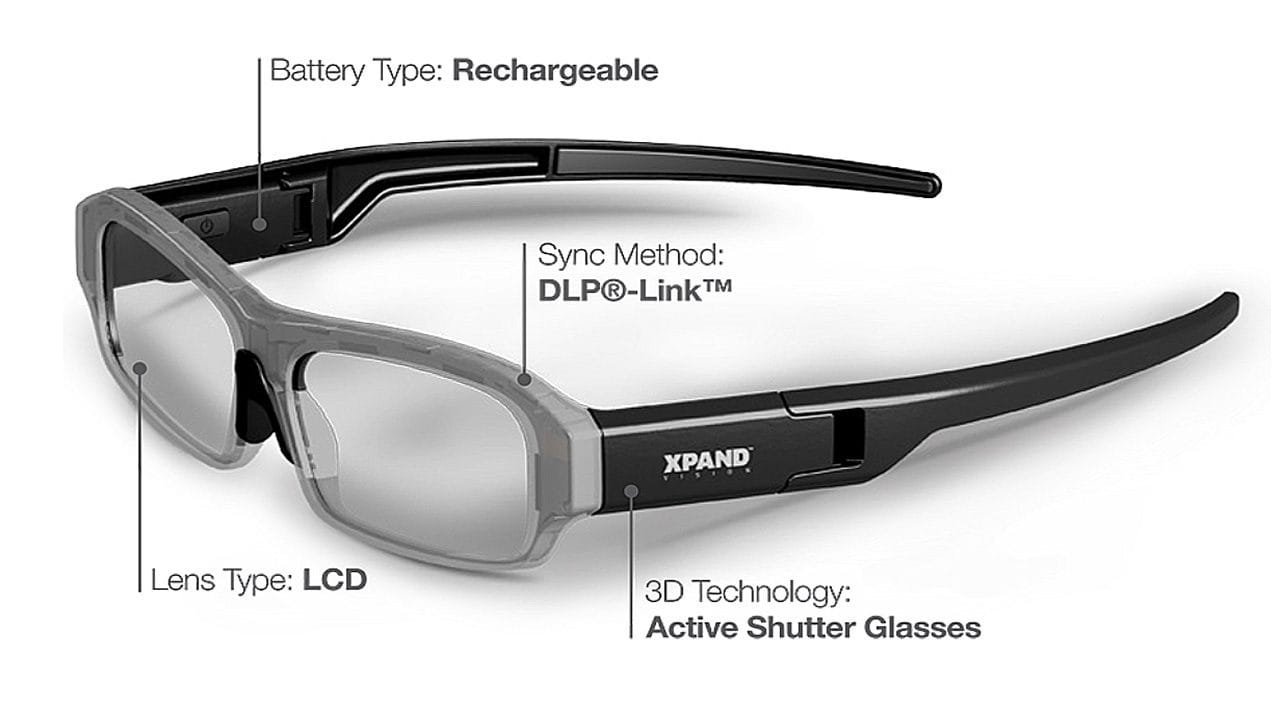
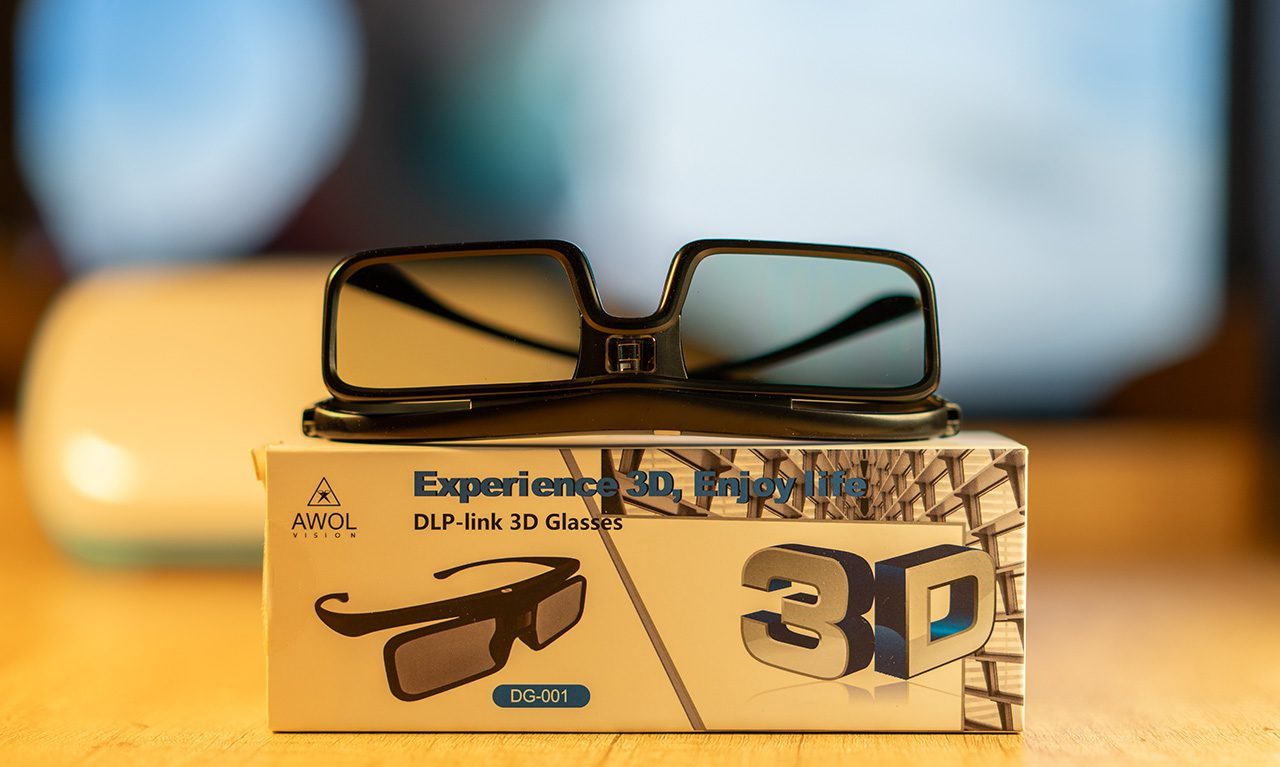
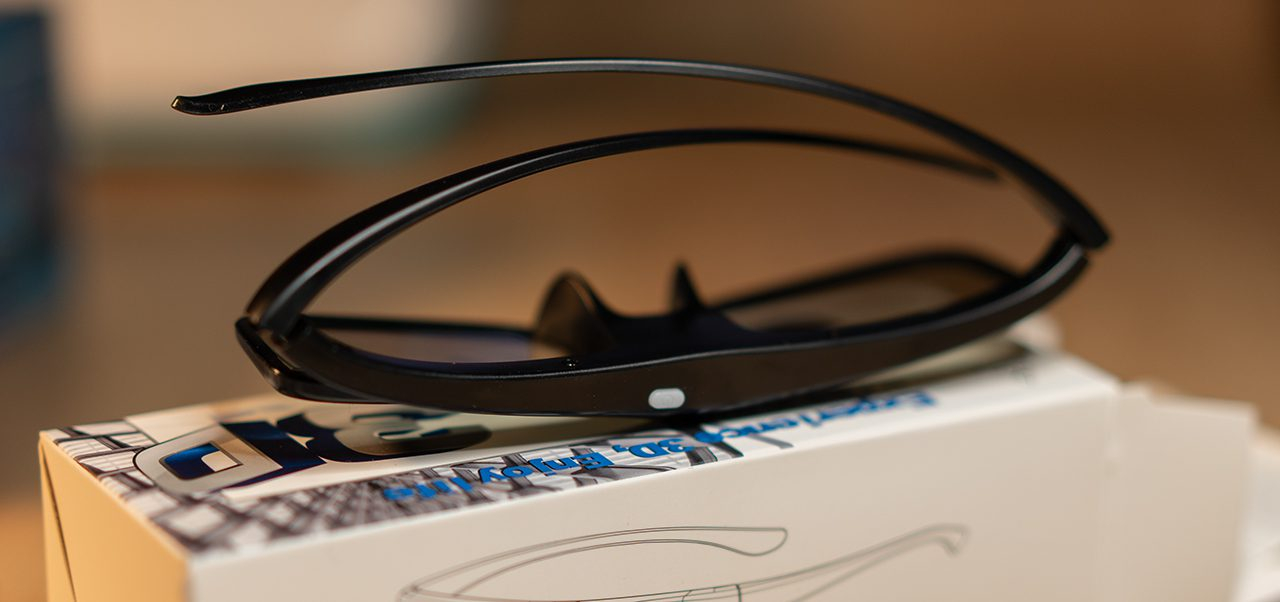
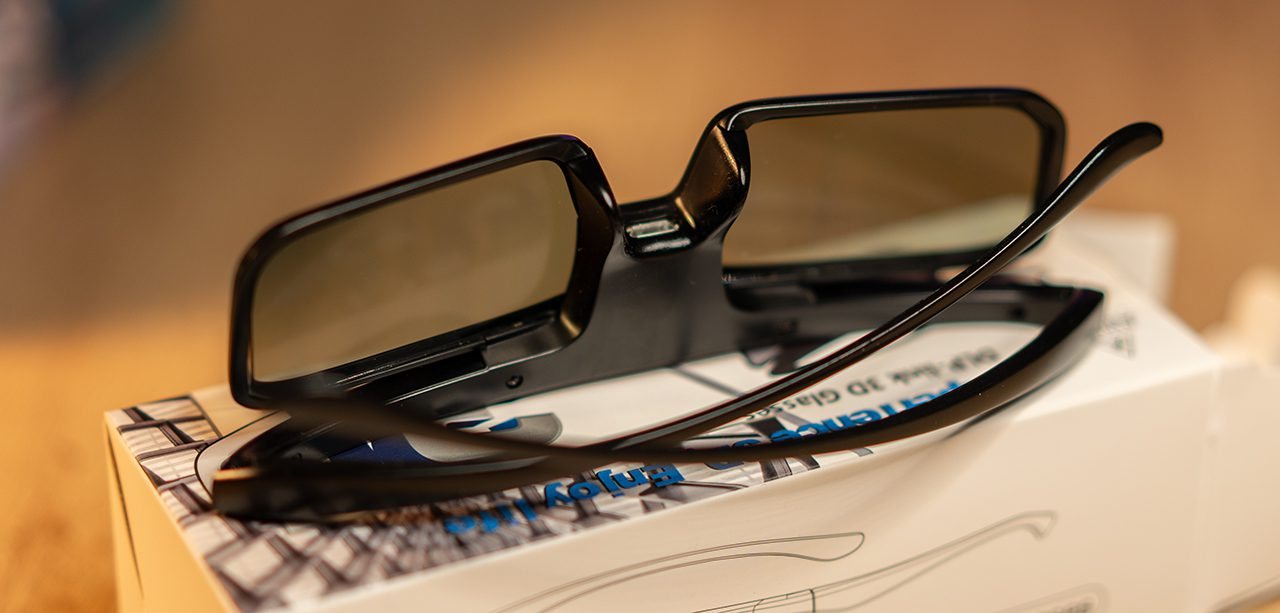

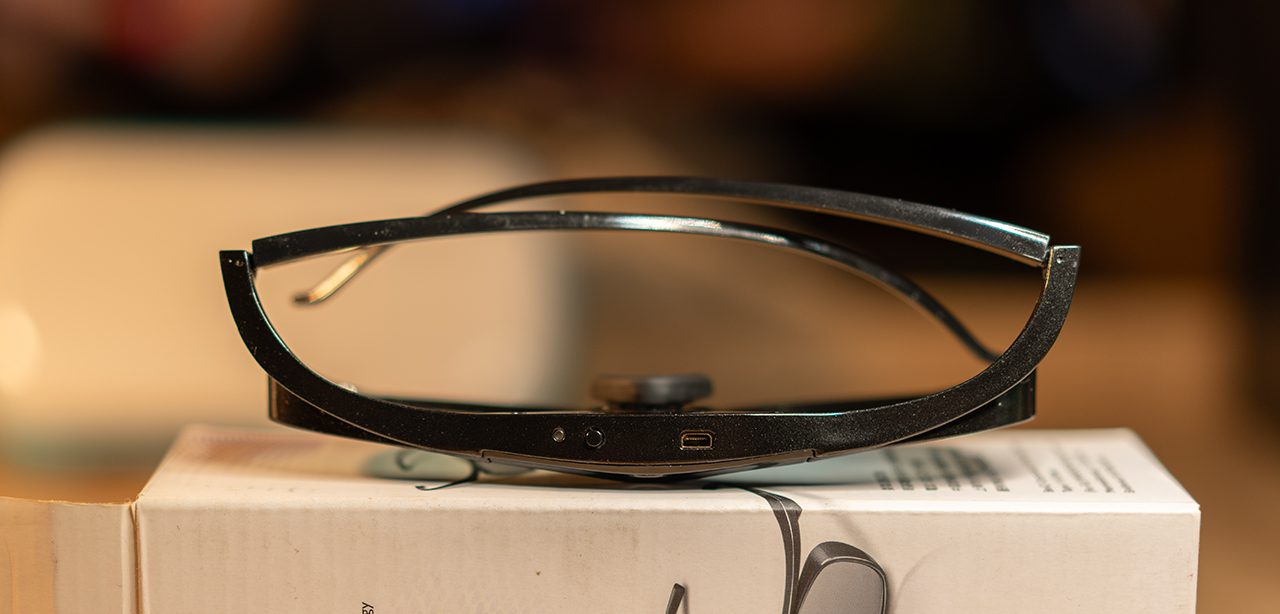


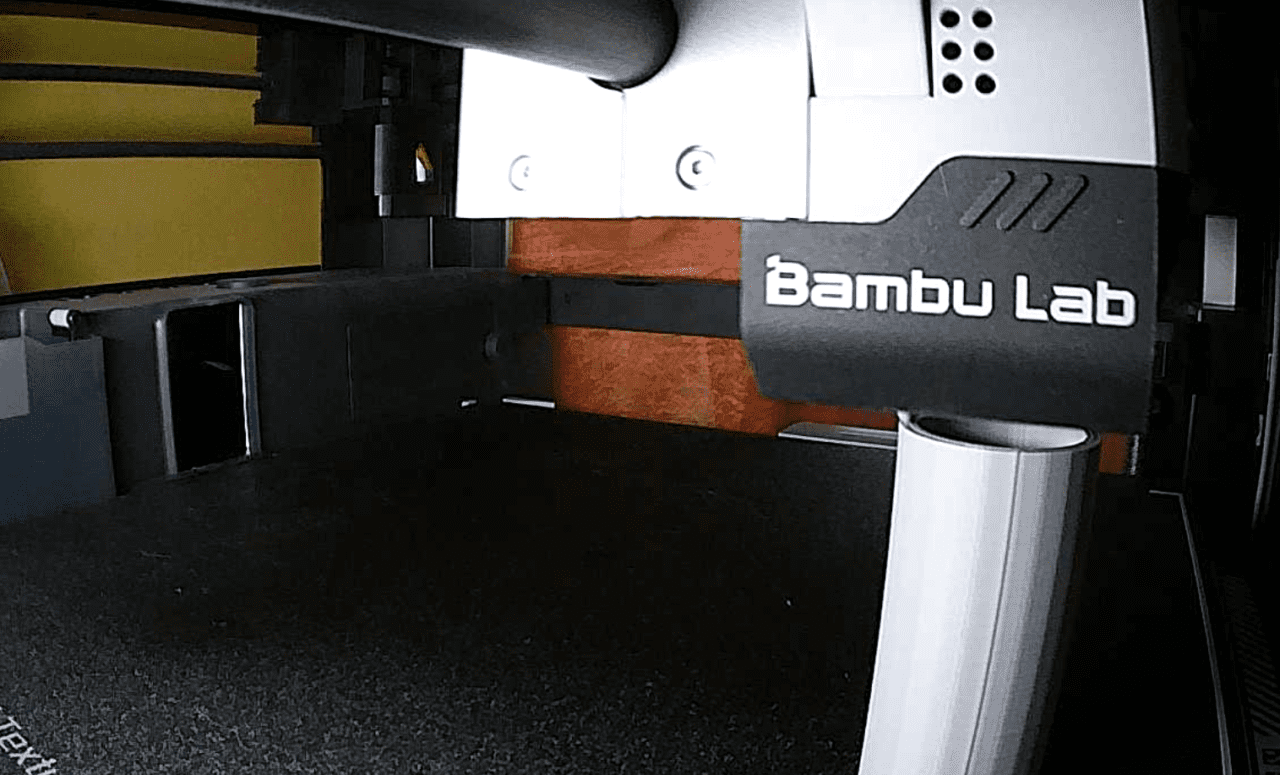




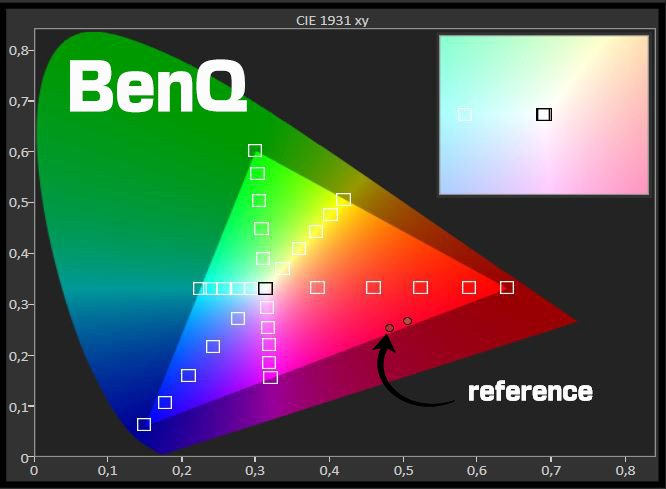


6 Comments
Nikos, Have you tried the 3D DLP Glasses by JMGO or UltraClear Ultimate Heaven? If so, how do they compare to your picks?
nope, never had these glasses.
I have optoma hd131xe projector and Optoma ZD310 DLP-Link 3D Glasses. Need to buy a few more but can’t find them anywhere. Can you suggest other compatible glasses please. Thankyou!
Hi
Could you recommend glasses suitable for VAVA Chroma 4k projector.
Thank you.
Hi,
I am an artist who is looking for a very specific set of functions for dlplink glasses, and I hope you may know of something that may work. I need to hang the glasses so the general public can put them on and not have to press anything to start, stop, or switch eyes. The problems I’m having are with glasses that turn themselves off after five minutes or so, if no one uses them: I need them to stay on until they’re manually switched off. As I make my own 3D movies, I prefer glasses with no lens-shifting buttons – people accidentally push the buttons or some glasses shift by themselves if left alone too long, thereby ruining the experience. The glasses should also be usable outside. Any ideas? I found a set that was made some years ago that did all this but the pairs I bought all had dead batteries.Help!
Jon
Change out the batteries yourself! I think they usually have some kind of button battery inside. Just have to figure out how to get to it.